3 Features to Look for in a New HVAC System
Choosing the right HVAC system from HVAC services is a critical decision for homeowners, as it impacts not only comfort and energy efficiency but also long-term cost implications. According to USA Today, the average air conditioner should be replaced every 15 years, so when that time comes, you should choose a good HVAC system for longevity. This comprehensive guide will walk you through the essential features to consider, from energy efficiency and smart technology to air quality improvements and noise levels, aiding you in making an informed decision.
1. Energy Efficiency
1.1 SEER Ratings
The Seasonal Energy Efficiency Ratio (SEER) ratings are a key measure of an HVAC system's energy efficiency. Essentially, SEER ratings indicate the cooling output of an air conditioner over a typical cooling season. Higher SEER ratings correspond to greater energy efficiency, which can translate into significant savings on utility bills. In our experience, a system with a SEER rating of 20 will consume substantially less energy than a system with a rating of 13, offering long-term economic and environmental benefits. When shopping for a new HVAC system from HVAC services, prioritize models with higher SEER ratings to maximize efficiency.
1.2 The Role of Energy Star Certification
Furthermore, Energy Star certification is another important indicator of energy efficiency in HVAC systems. Systems that carry the Energy Star label have been tested and proven to meet stringent efficiency standards set by the Environmental Protection Agency (EPA). This certification helps consumers identify products that use less energy and reduce greenhouse gas emissions without sacrificing features or performance. By choosing Energy Star-certified systems, homeowners can be confident in their investment, knowing their system is both environmentally friendly and economically sound. Ultimately, the Energy Star seal serves as a hallmark of quality in the realm of energy-efficient products.
1.3 Types of Energy-Efficient Systems
There are various types of energy-efficient HVAC systems available, each with unique benefits. Heat pumps, for example, offer efficient heating and cooling by transferring heat between the indoors and outdoors rather than generating it. Geothermal systems present another efficient option, utilizing the stable temperatures of the ground to regulate indoor climates. Moreover, variable-speed systems adjust their output to match current heating or cooling needs, optimizing energy use and enhancing comfort. When selecting an energy-efficient system, consider these diverse technologies and choose one that aligns with your environmental values and budgetary constraints.
1.4 Long-term Cost Savings
Investing in an energy-efficient HVAC system can lead to substantial long-term cost savings. Despite the potentially higher upfront costs associated with such systems, the reduction in energy consumption results in lower monthly utility bills. Over time, these savings can significantly offset the initial investment, making energy-efficient systems a financially sound choice. Additionally, many regions offer incentives or rebates for energy-efficient purchases, further enhancing the cost-effectiveness. Homeowners should weigh these long-term savings against initial costs to determine the best financial decision for their specific situation.
2. Smart Technology Integration
2.1 Benefits of Smart Thermostats
Additionally, smart thermostats are an integral component of modern HVAC systems, offering numerous benefits in convenience and efficiency. These devices enable homeowners to remotely control their HVAC settings, optimizing the system's operation to match their schedule. Furthermore, smart thermostats adapt by learning occupancy patterns and adjust temperatures accordingly, ensuring comfort while minimizing energy waste. Such intelligent control often results in quantifiable savings on energy bills, making them a worthwhile investment. Overall, smart thermostats exemplify how technology can enhance HVAC system efficiency and user experience.
2.2 Remote Monitoring and Control Features
Continuing, remote monitoring and control capabilities are highly valued in HVAC systems, enabling users to manage their systems from virtually anywhere. Through smartphone apps or web interfaces, homeowners can adjust temperature settings, monitor system health, and receive maintenance alerts. This connectivity ensures users can react quickly to any issues, potentially preventing costly repairs or energy inefficiencies. Additionally, remote access can be particularly beneficial for those with second homes or fluctuating schedules, offering peace of mind regardless of location. The convenience and flexibility of remote operation exemplify the modern advancements in HVAC services and technology.
2.3 Compatibility with Home Automation Systems
In addition, compatibility with home automation systems is a key consideration for integrating new HVAC systems seamlessly into smart homes. Many modern systems offer compatibility with popular platforms like Amazon Alexa, Google Assistant, or Apple HomeKit, enabling voice-activated control and automation. This integration allows for a fully cohesive smart home environment, where HVAC operations can be synchronized with lighting, security, and other systems. Automating routine tasks can lead to improved energy efficiency, optimized comfort, and enhanced convenience. Such compatibility reflects the synergy between HVAC technology and broader home automation innovations.
2.4 Data Analytics for Performance Optimization
Furthermore, data analytics plays a critical role in optimizing HVAC system performance, offering insights into system operation and energy usage. By analyzing this data, homeowners can identify inefficiencies, determine optimal temperature settings, and predict maintenance needs. Such insights not only enhance comfort and efficiency but also extend the lifespan of HVAC systems by preventing potential issues. Some advanced systems even employ machine learning to continually refine performance based on historical patterns. Engaging with data-driven insights empowers users to make informed decisions about their HVAC operations, capitalizing on technology innovations.
3. Air Quality Improvement Features
3.1 Types of Air Purification Systems
Also, air purification systems are a pivotal component of HVAC systems, enhancing indoor air quality by removing contaminants. There are several types of air purifiers, including mechanical filters, electronic air cleaners, and ultraviolet (UV) light systems. Mechanical filters, such as HEPA filters, trap particles, while electronic cleaners capture pollutants through charged plates. UV light systems target biological contaminants like bacteria and mold, adding an extra layer of purification. Selecting the appropriate purification technology depends on individual health needs and specific environmental factors.
3.2 Importance of Humidity Control
Continuing, humidity control is an essential aspect of maintaining indoor air quality and overall comfort within a home. Proper humidity levels prevent the growth of mold and mildew, reducing potential health risks. HVAC systems with built-in humidification or dehumidification features offer precise control over humidity, adapting to seasonal changes. Maintaining optimal humidity levels also protects furniture, flooring, and other home elements from damage due to excessive dryness or moisture. Investing in an HVAC system from HVAC services with humidity control ensures a healthier and more comfortable living environment year-round.
3.3 Filtration Technologies
Advanced filtration technologies in HVAC systems play a critical role in purifying indoor air. Filters like HEPA and activated carbon trap small particles and absorb odors and chemicals, ensuring clean air circulation. High-efficiency filters can capture up to 99.97% of airborne particles, significantly improving air quality, per our experts. Regular filter replacement or cleaning is essential to maintain this level of efficiency and performance. Selecting the appropriate filtration technology is crucial for addressing specific air quality concerns and enhancing overall health and comfort.
3.4 Ventilation Options
Effective ventilation is crucial for maintaining indoor air quality and providing fresh air exchange. Various ventilation options from HVAC services include natural ventilation, mechanical ventilation systems, and energy-recovery ventilators (ERVs). Mechanical ventilation introduces fresh air while expelling stale indoor air, counteracting pollutants and moisture. ERVs enhance energy efficiency by transferring heat and moisture between incoming and outgoing air.
Choosing a new HVAC system involves balancing comfort, efficiency, and cost. By evaluating energy performance, smart features, and air quality enhancements, you can make a confident investment that benefits your home long-term. With professional HVAC services, maintaining a reliable and efficient system becomes easier, ensuring lasting comfort and value. Contact Comfort Zone Air Conditioning & Heating LLC today to get started with our HVAC services.



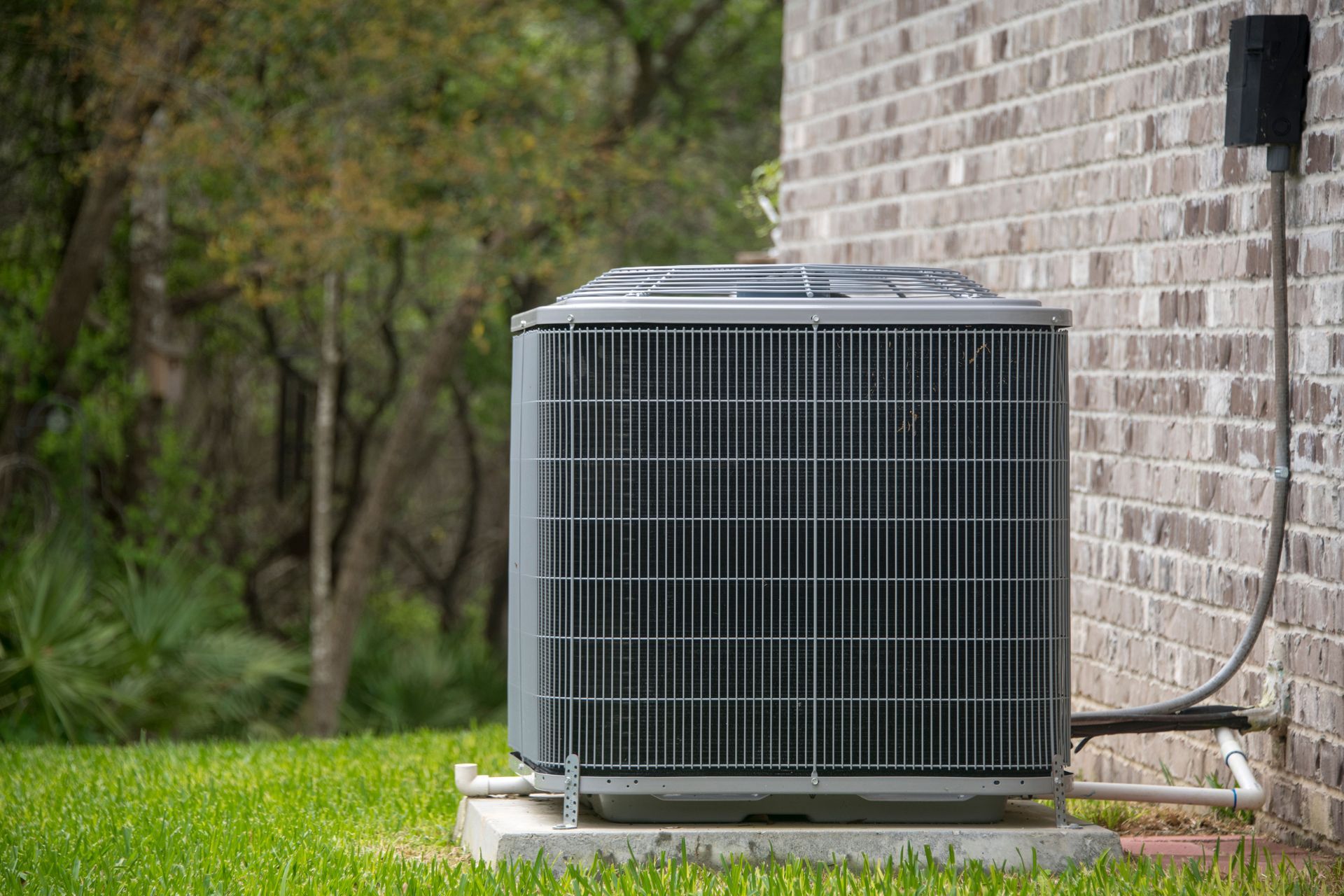
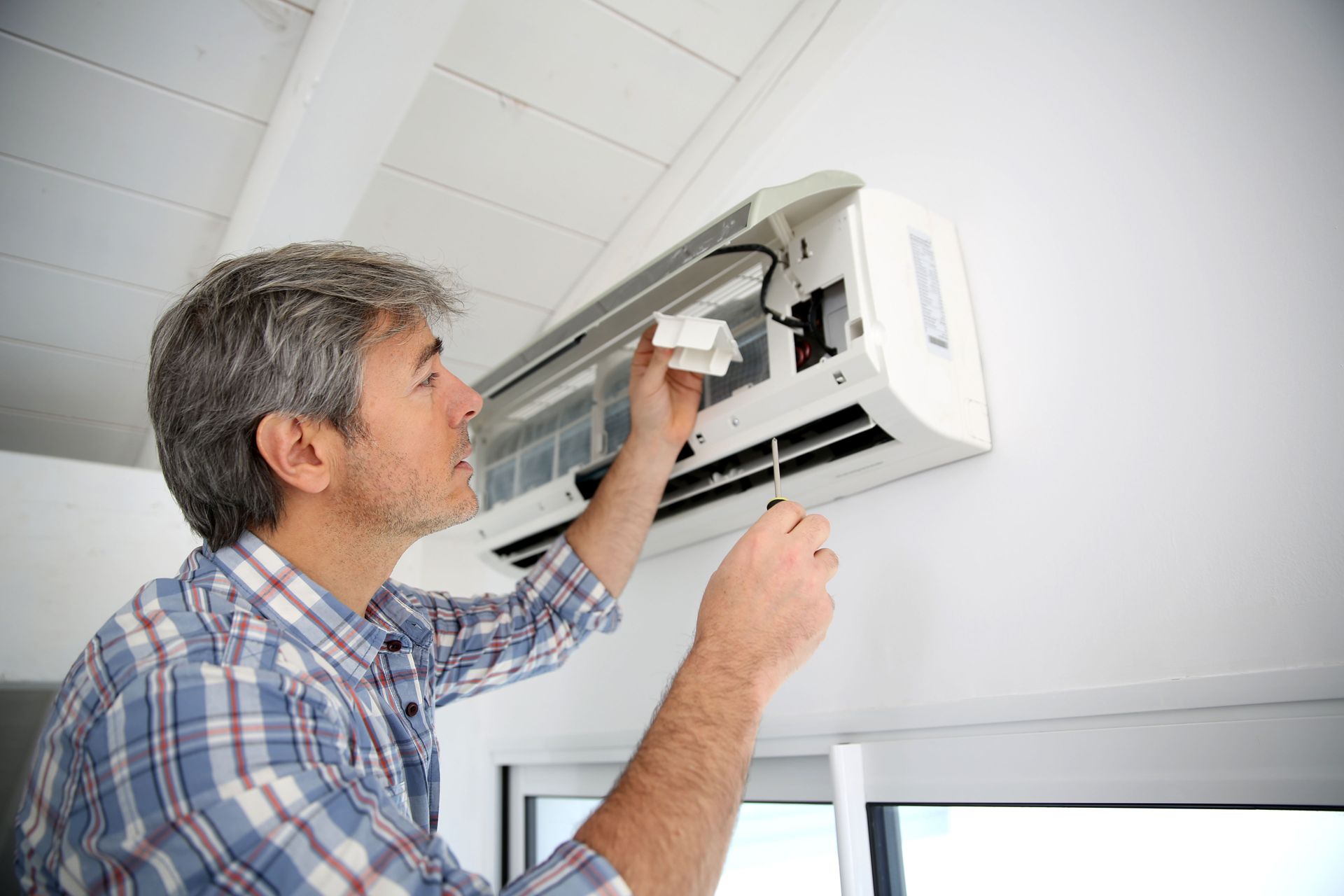
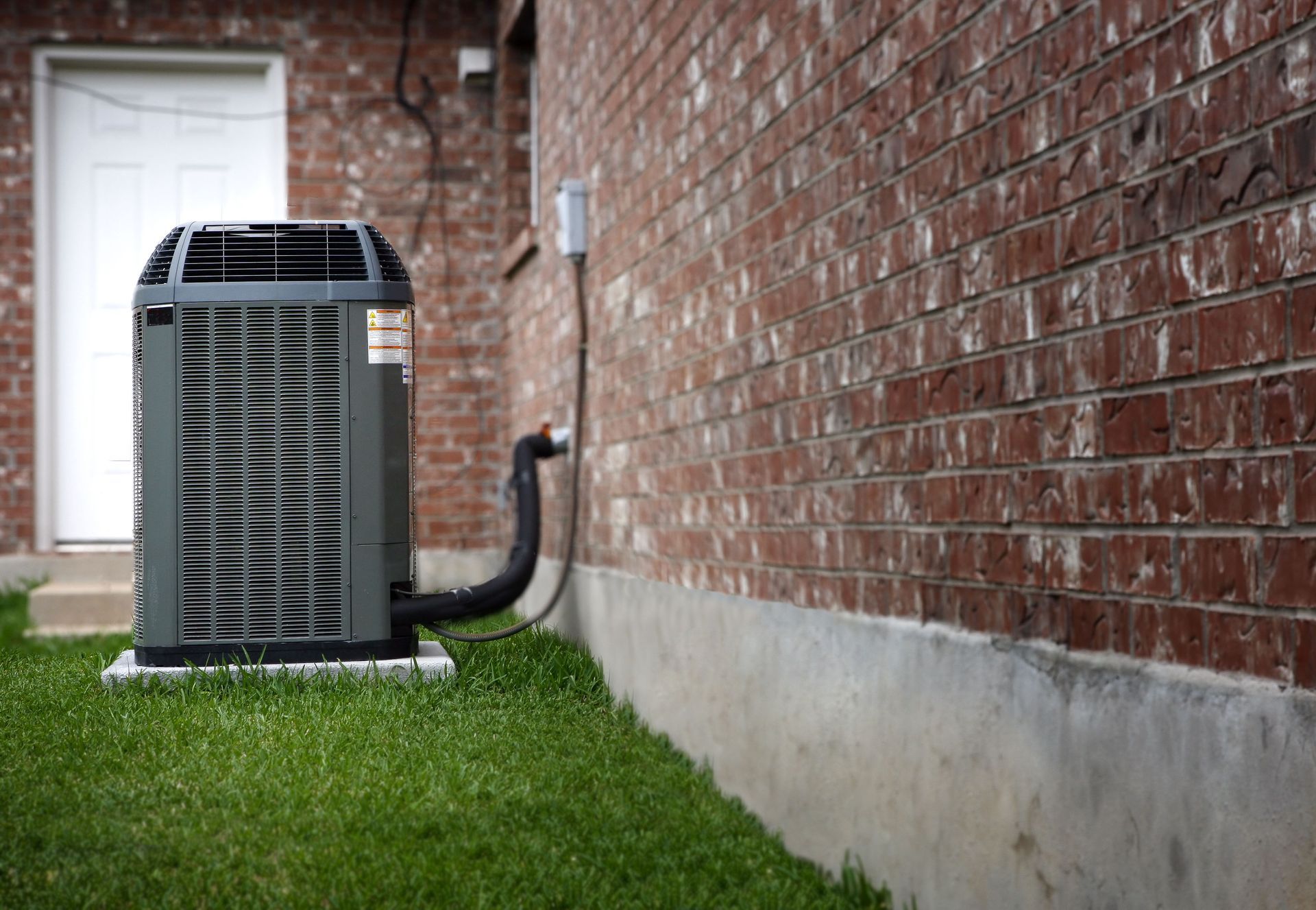
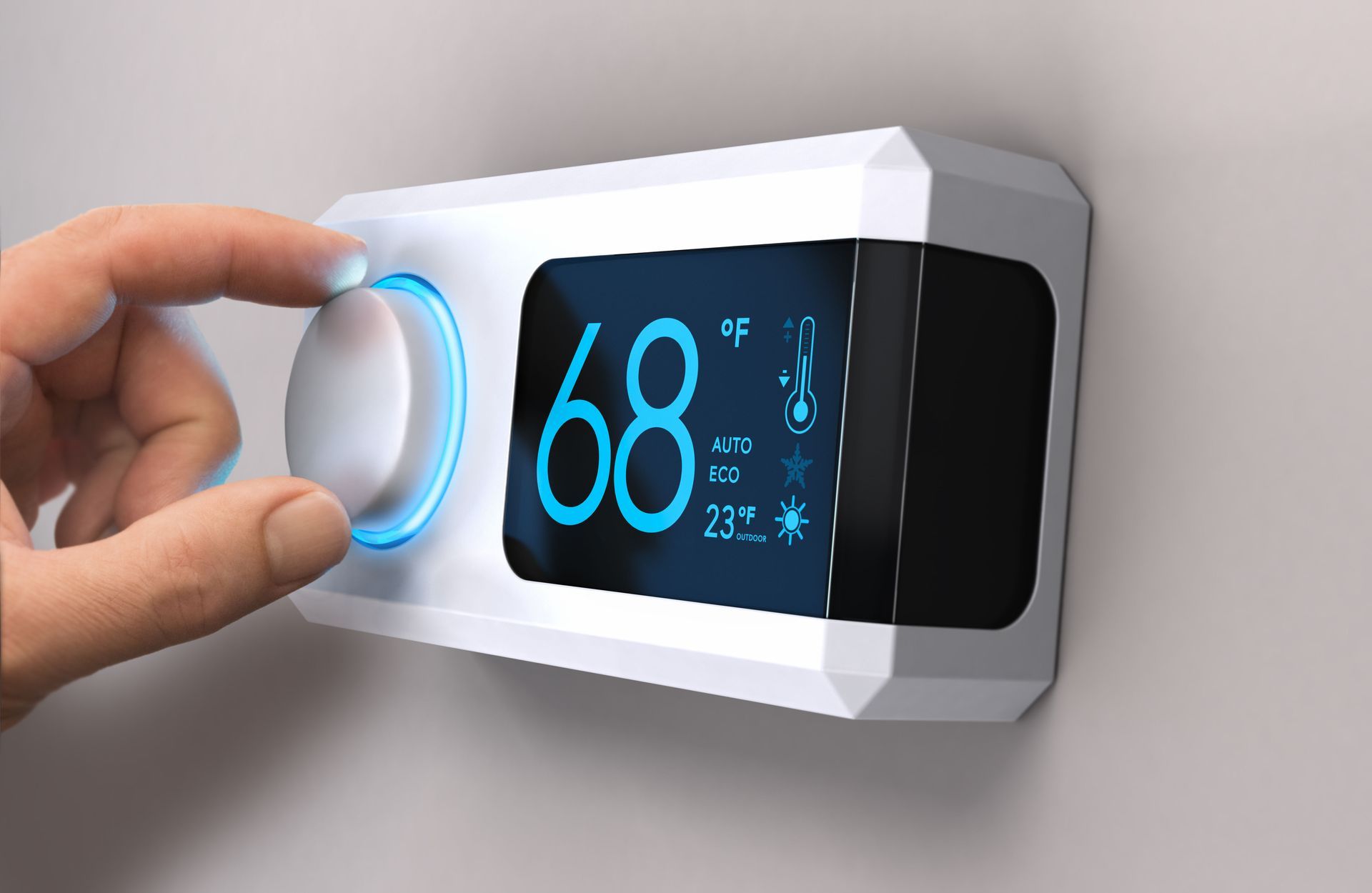
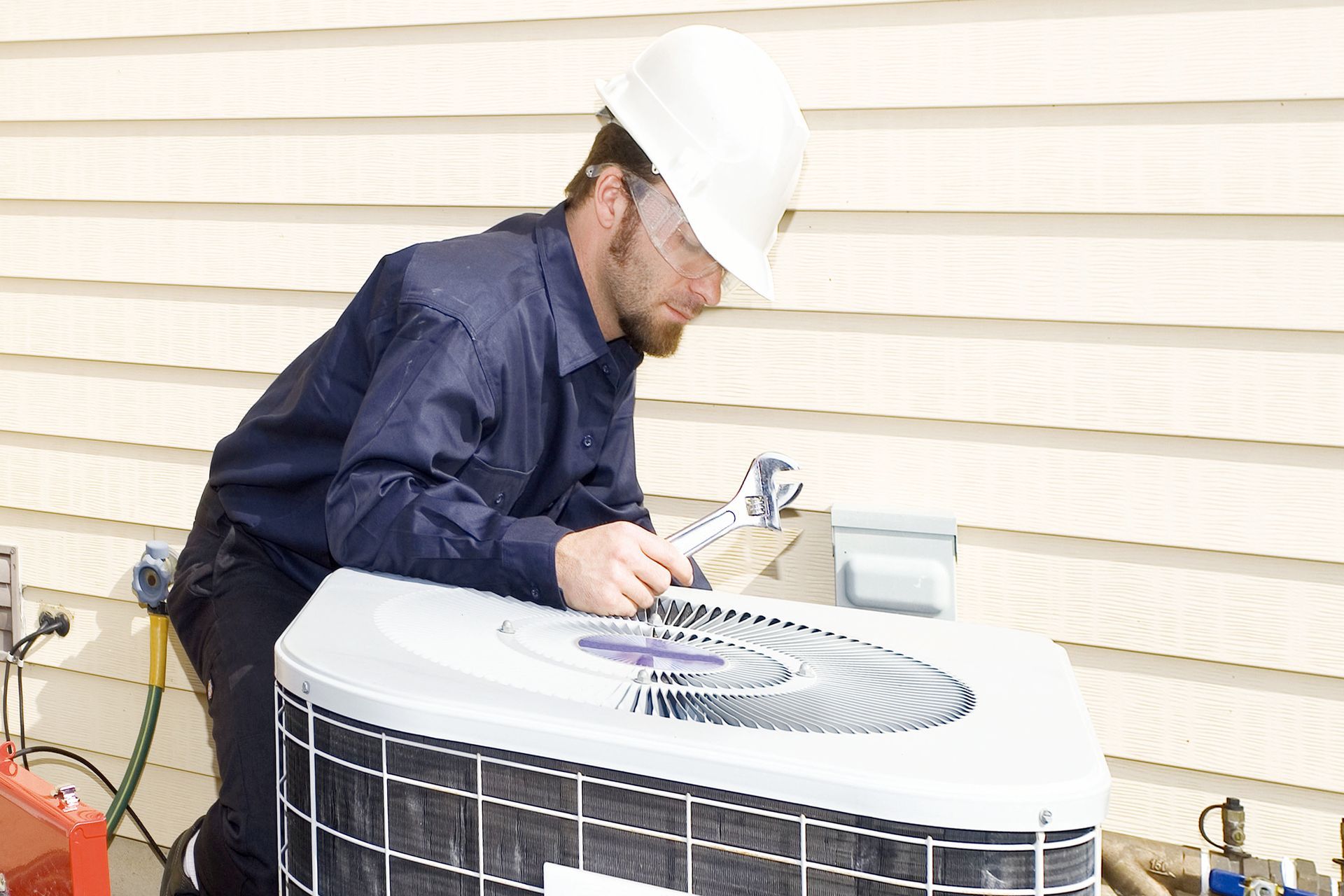
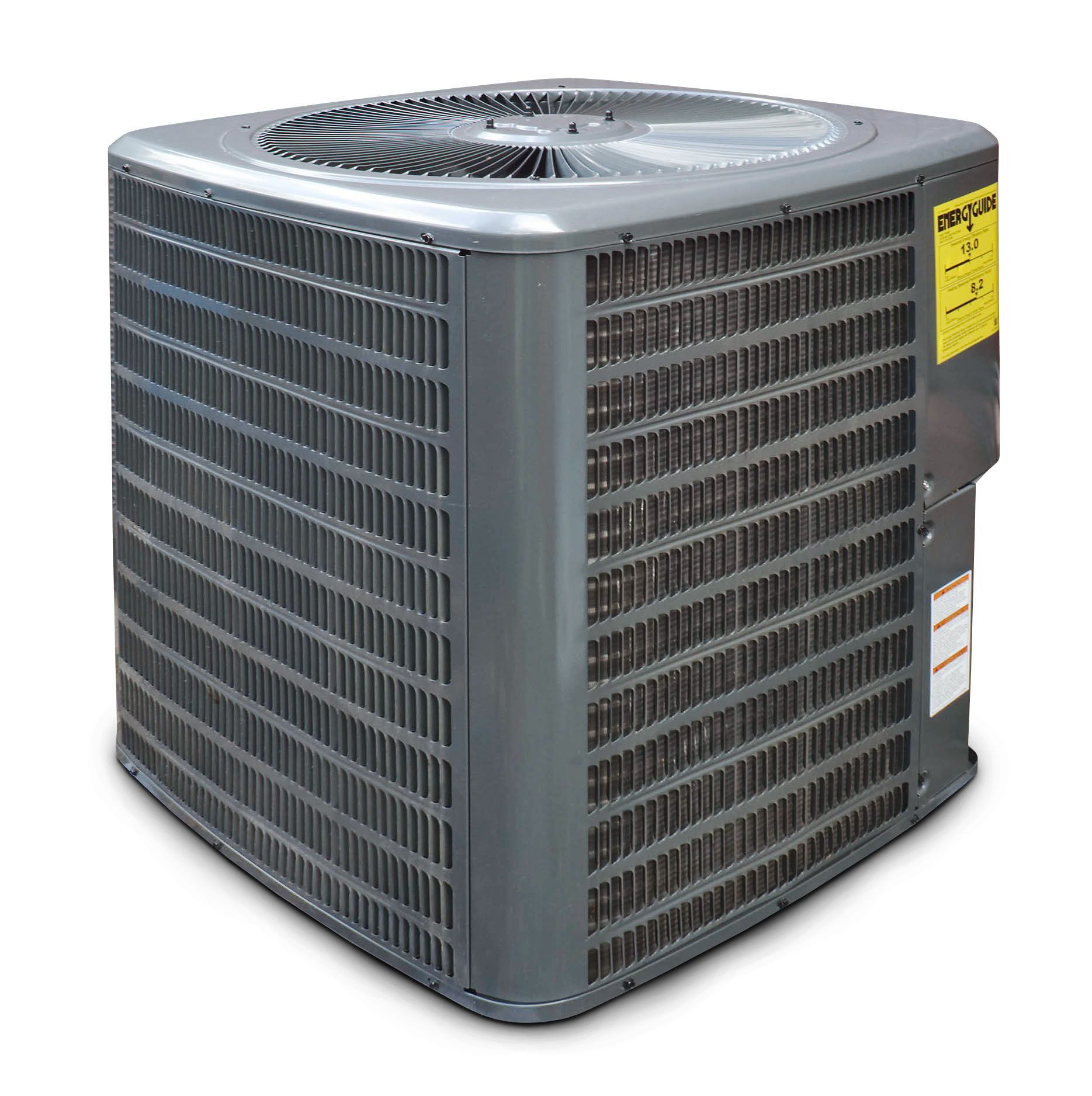
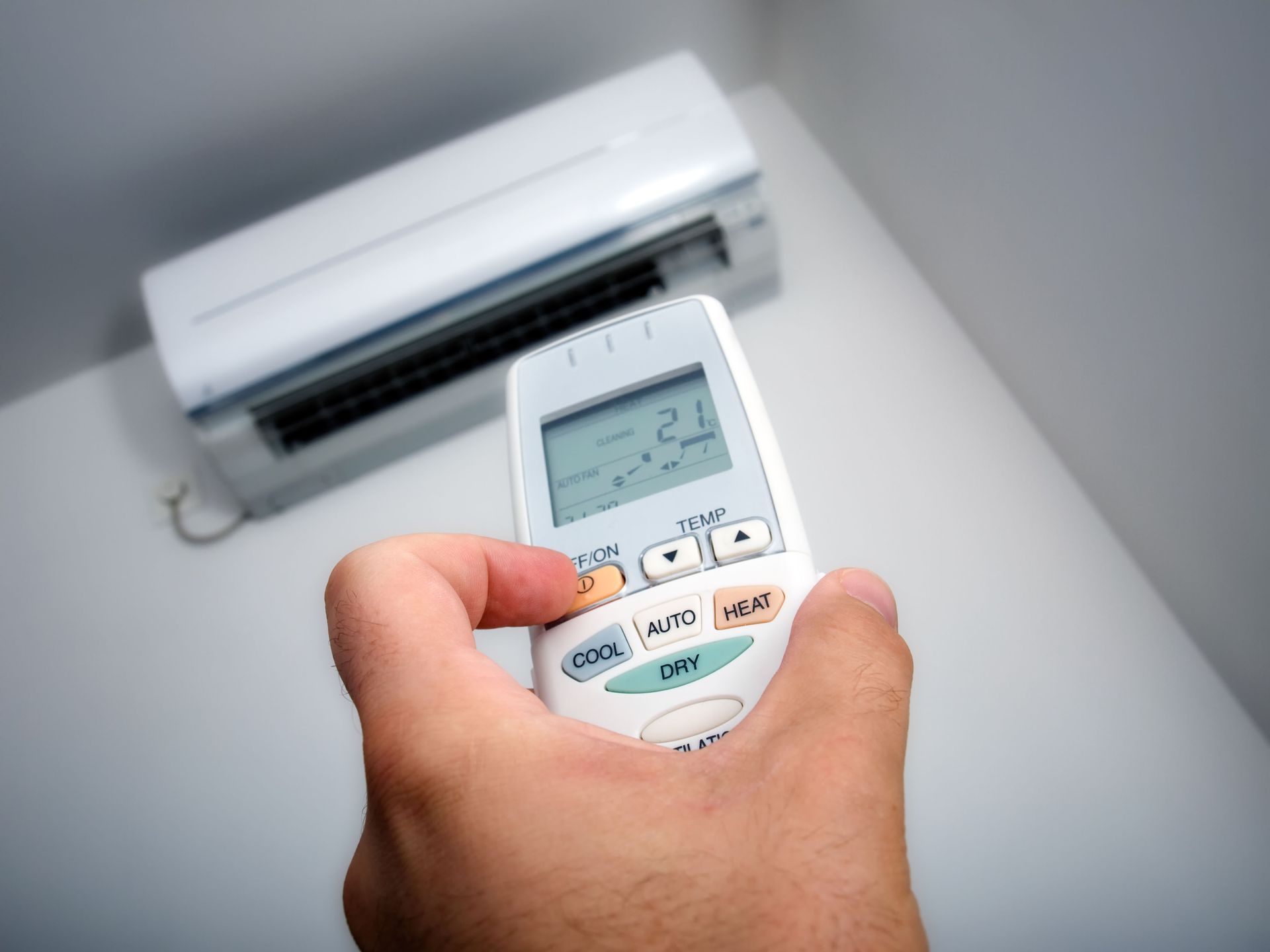
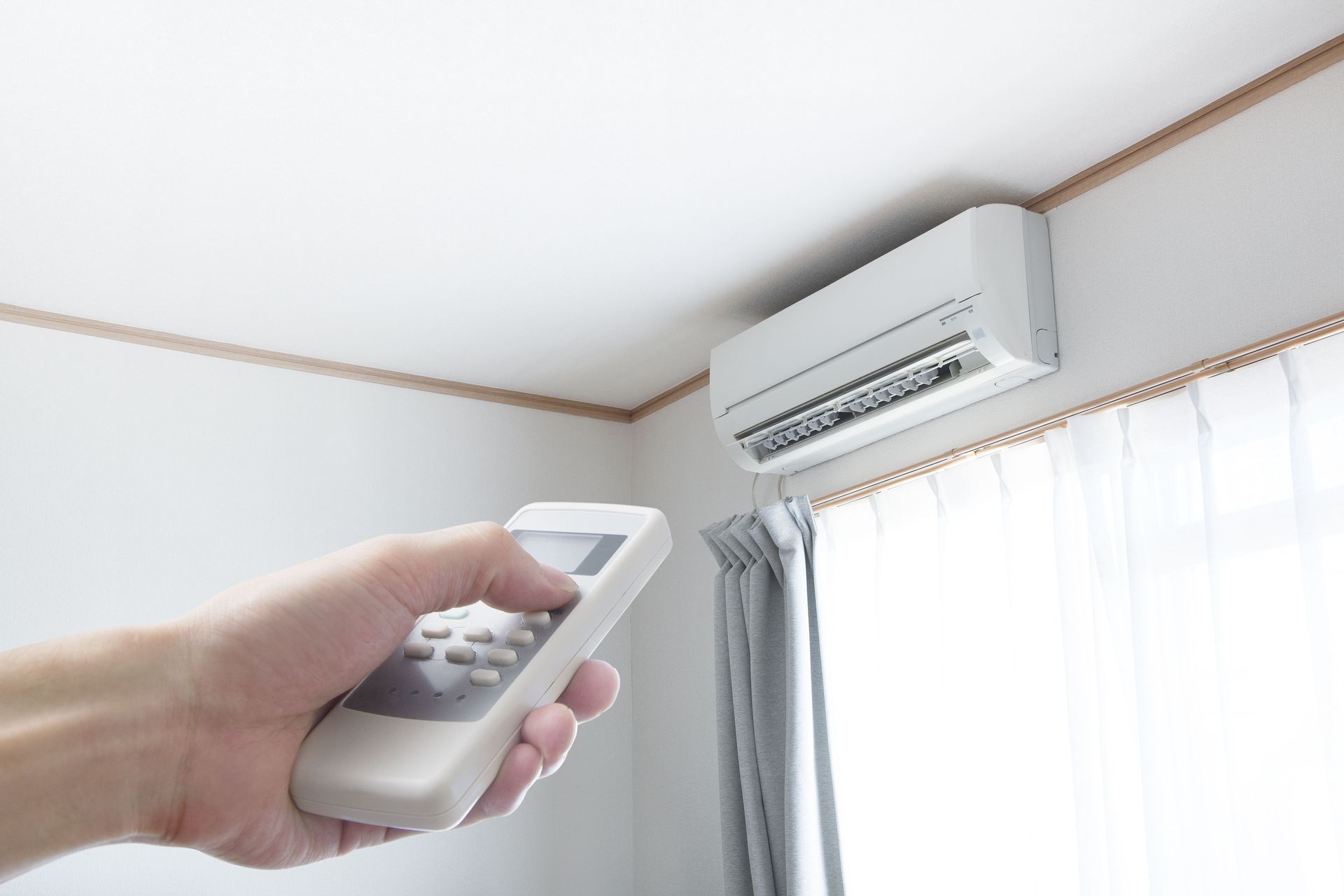

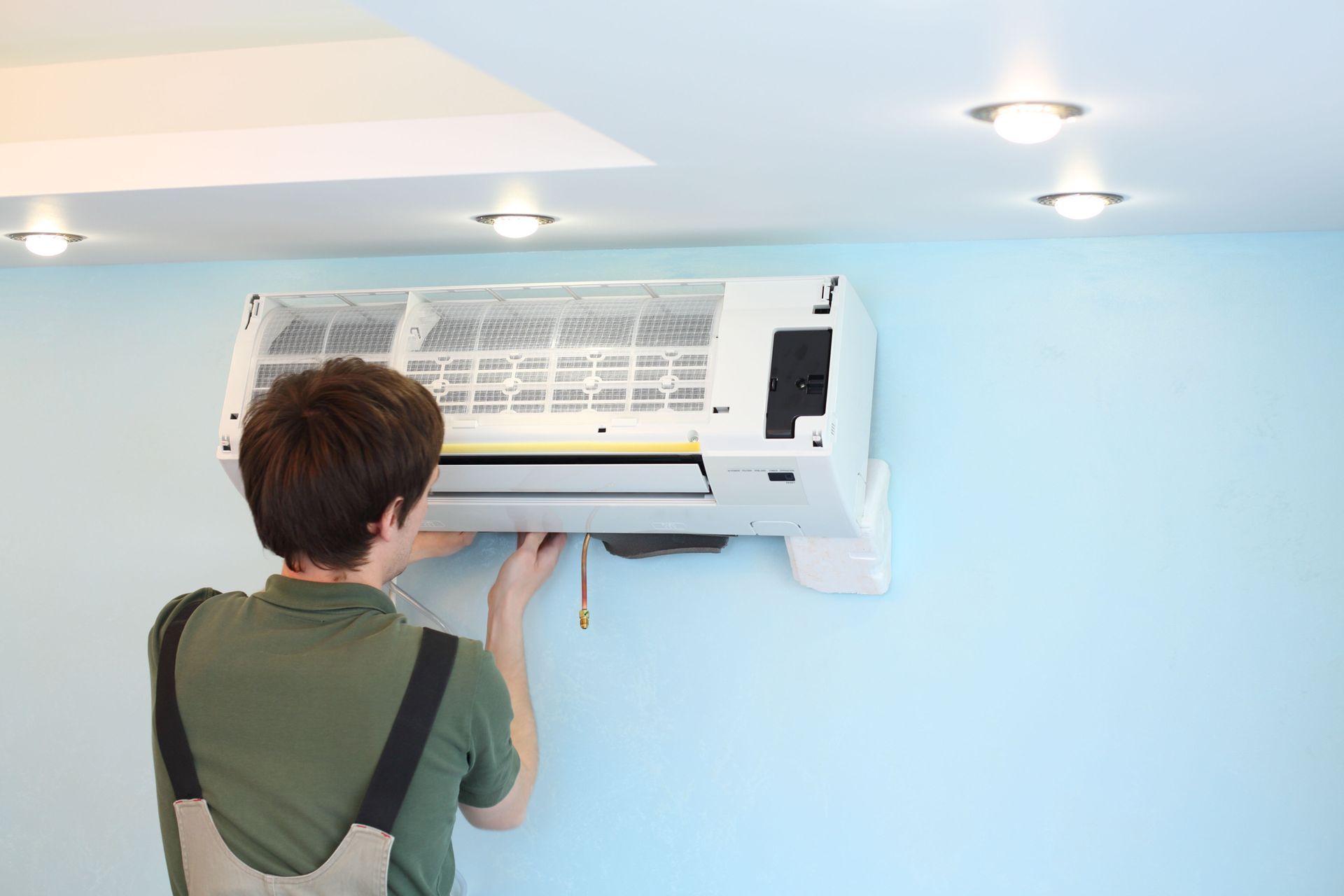
Share On: